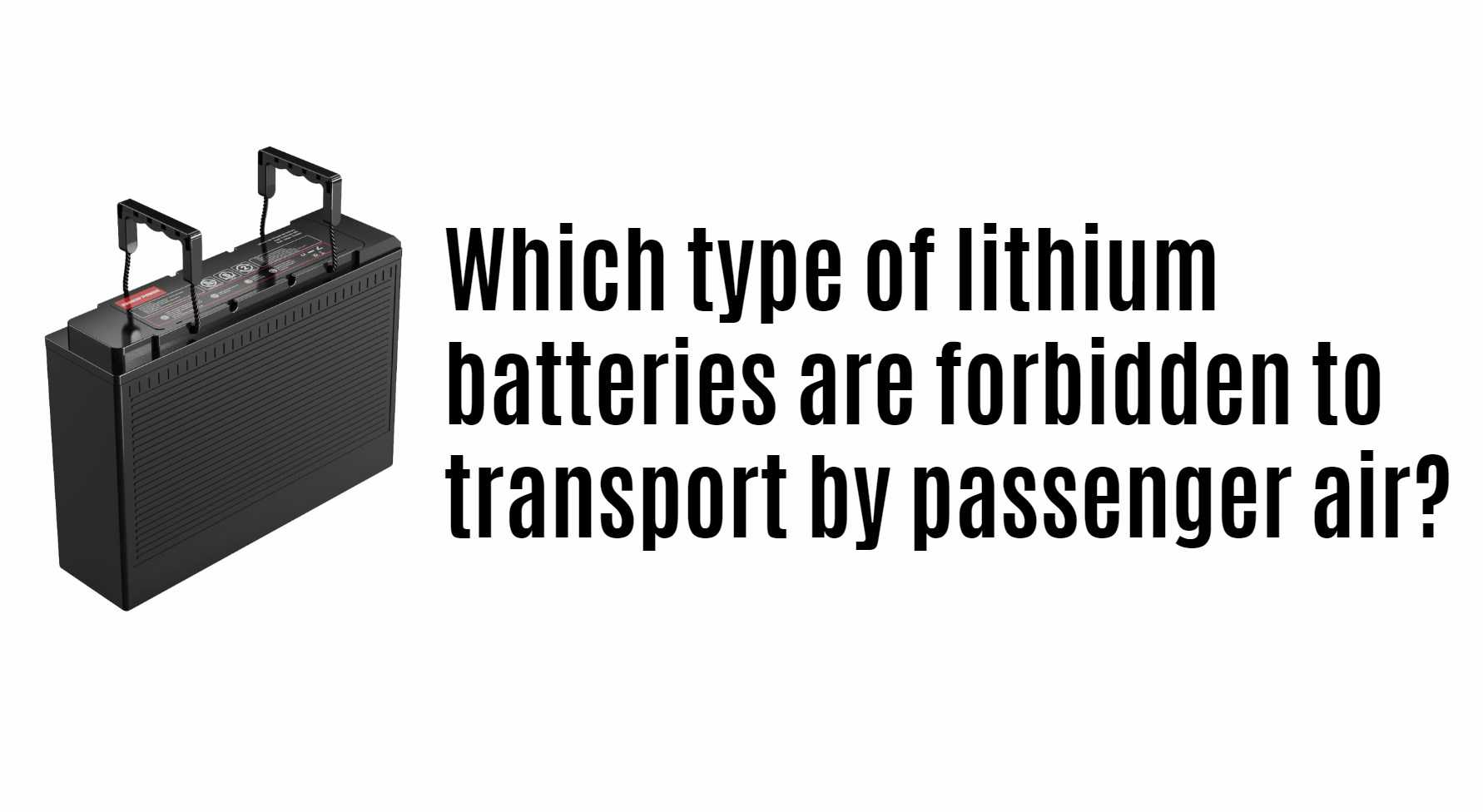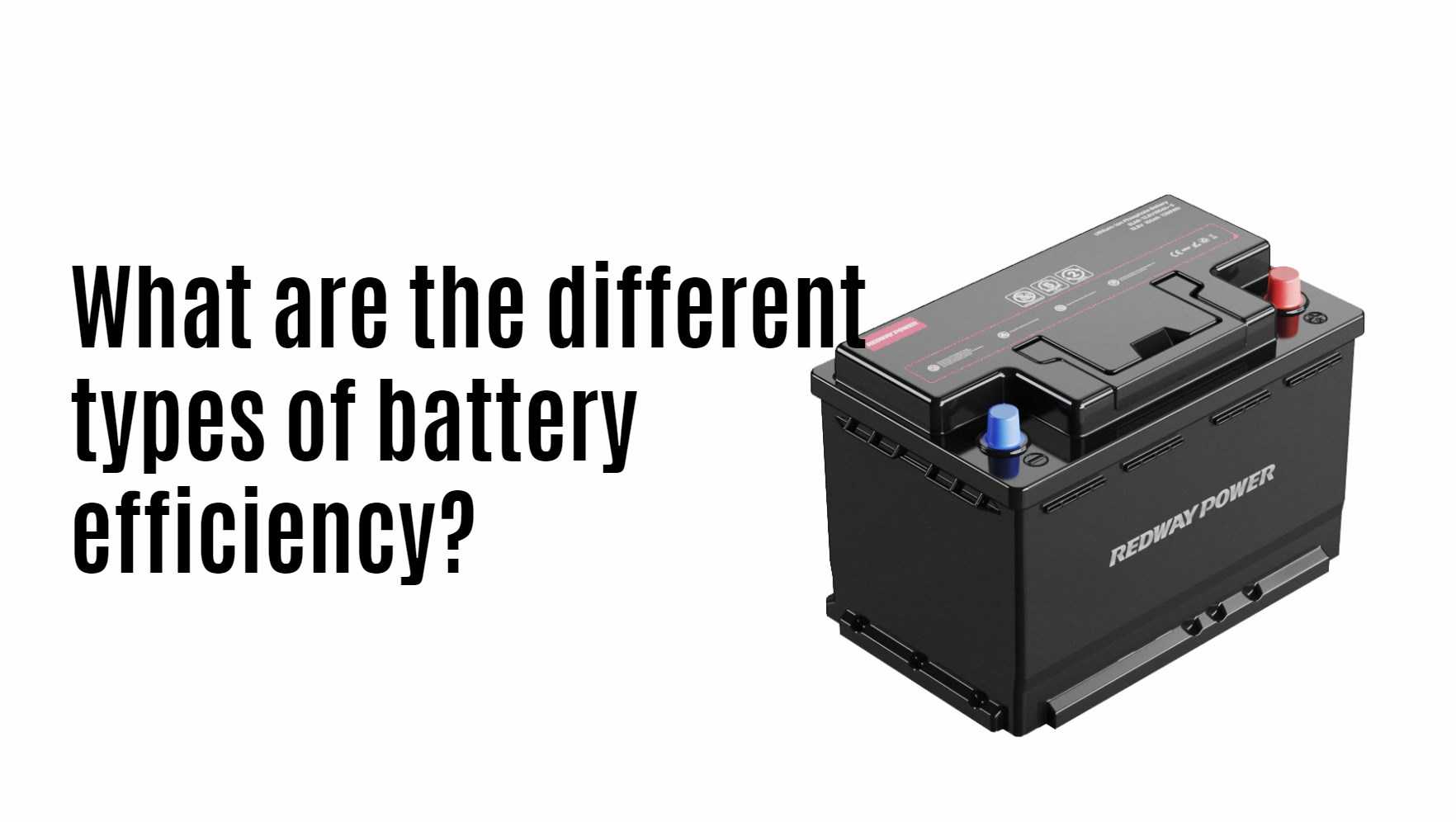What are the challenges of sodium batteries?
Sodium batteries, particularly sodium-ion batteries, present a promising alternative to lithium-ion technology due to the abundance and low cost of sodium. However, several challenges hinder their widespread adoption and performance. Here’s a comprehensive overview of the main issues faced by sodium batteries.
1. Energy Density Limitations
One of the most significant challenges for sodium batteries is their energy density. Sodium-ion batteries typically have a lower energy density compared to lithium-ion counterparts, which means they store less energy per unit weight or volume. This limitation affects their viability for applications where space and weight are critical, such as in electric vehicles and portable electronics.
2. Sodium Ion Mobility
The mobility of sodium ions within the battery materials is another challenge. Sodium ions are larger than lithium ions, making it more difficult for them to move through the battery’s electrolyte and electrodes. This reduced mobility can lead to slower charge and discharge rates, impacting overall performance.
3. Dendrite Formation
Similar to lithium batteries, sodium batteries are susceptible to dendrite formation during charging cycles. Dendrites are needle-like structures that can grow on the anode, potentially leading to short circuits and battery failure. Managing dendrite growth is crucial for ensuring the safety and longevity of sodium batteries.
4. Material Stability
The stability of materials used in sodium batteries poses another challenge. Sodium can react with various components within the battery, which may lead to degradation over time. Research is ongoing to identify stable materials that can withstand these reactions without compromising performance.
5. Limited Cycle Life
Sodium-ion batteries often exhibit a shorter cycle life compared to lithium-ion batteries. The repeated charge-discharge cycles can lead to capacity fade and reduced efficiency over time, making it essential to improve the materials and designs used in these batteries.
6. Manufacturing Challenges
The manufacturing processes for sodium batteries are still being developed and optimized. While sodium is abundant and inexpensive, producing high-quality electrodes and electrolytes that meet performance standards remains a challenge. Scaling up production while maintaining quality is crucial for commercial viability.
7. Environmental Concerns
While sodium is more abundant than lithium, the environmental impact of mining and processing materials for sodium batteries must be considered. Ensuring sustainable practices throughout the supply chain is vital for minimizing ecological damage.
Latest News on Sodium Battery Technology
Recent advancements in sodium battery technology have focused on addressing these challenges:
- Researchers at The University of Texas have developed a fire-resistant sodium battery that reduces safety risks while maintaining strong performance.
- Innovations in solid diluents for electrolytes have improved stability and reduced reactions that lead to dendrite formation.
- The market is seeing increased interest in sodium-ion batteries as a cost-effective alternative to lithium-ion technology.
Redway Expert Comment
In our experience at Redway Battery, while sodium batteries present exciting opportunities due to their cost-effectiveness and abundance, significant challenges remain in terms of energy density, cycle life, and material stability. Continued research and innovation will be key to overcoming these hurdles and unlocking the full potential of sodium battery technology.”
Conclusion
Sodium batteries hold promise as an alternative energy storage solution, but they face several challenges that must be addressed before they can compete effectively with lithium-ion technology. By focusing on improving energy density, material stability, and manufacturing processes, researchers aim to enhance the viability of sodium batteries for various applications.


